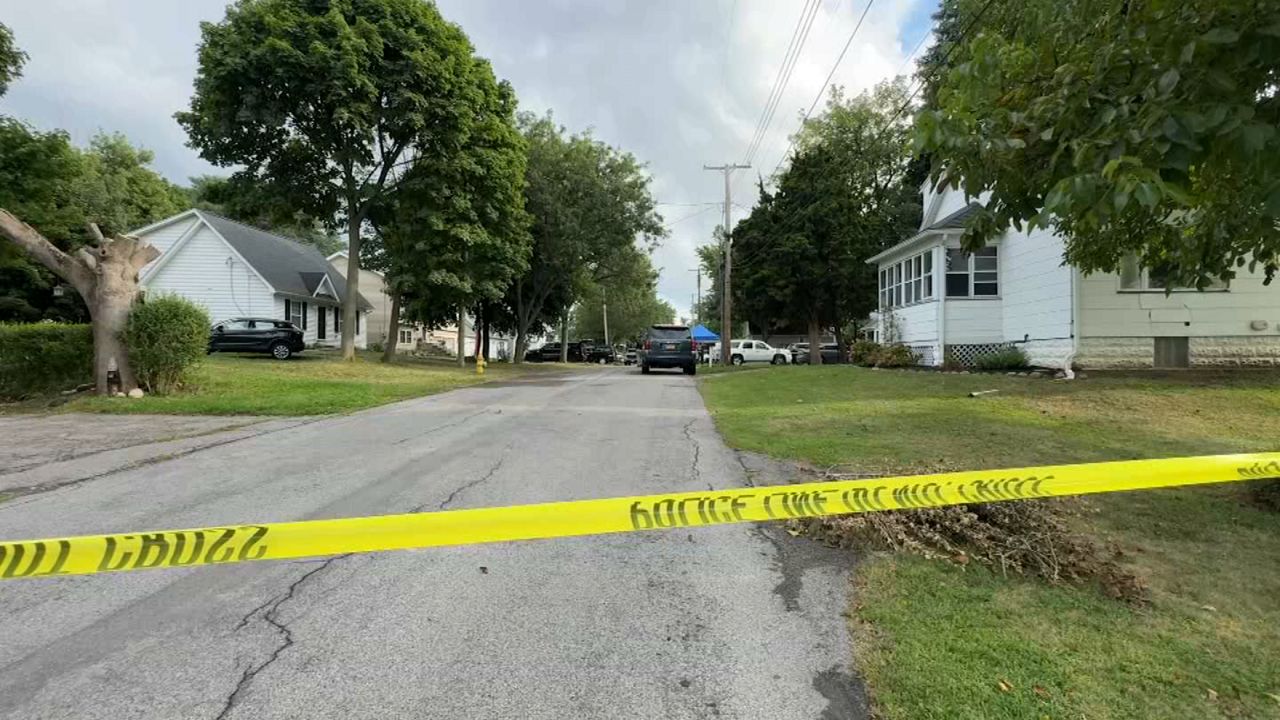The landmark legislative package signed by Gov. Kathy Hochul earlier this week is aimed at strengthening the state’s gun laws.
One part of the package includes the requirement of microstamping ammunition.
The Monroe County Crime Laboratory examines evidence and has the technology that can link a gun casing to a particular weapon and even to a casing found at another crime scene.
The ammunition-marking technique is designed to help investigators link bullets and casings recovered at crime scenes to a specific gun and potentially other crimes.
Eric Freemesser, a firearms section supervisor at the Monroe County Crime Laboratory, describes the microstamping process.
"We have the bullet, the cartridge, the gunpowder inside the cartridge, and a primer here at the base. When the primer is struck by the firing pin inside the gun, it causes the cartridge to discharge and push the bullet down the barrel and toward the target. The firing pin with microstamping would have serialized numbers or characters on the tip of the firing pin, and those characters are going to be imparted on every cartridge that firing pin discharges. So every cartridge would have a unique set of characters based on the gun that fired it that we could then identify back to the gun that discharged it. That's what microstamping is.”
Hochul is hoping this and the other measures in the 10-bill package will prevent future violence like the recent incidents at a Buffalo grocery store and at an Uvalde, Texas elementary school.
“It may make it easier for us to identify cartridge cases that were all fired by the same firearm,” said Freemesser. “In theory, if we can read the characters, it might make less work for us to be able to say that these cartridge cases were all fired by the same gun or a particular gun if we have it.”
Will microstamping actually help prevent gun violence? Some experts think that it's a concept that has some flaws.
“I think the potential may be there, but even without the microstamping, we're doing the ID work already," said Freemesser who also says one of the problems with microstamping is it’s too micro – the marks or characters are so small they don't always leave accurate marks on the cartridge case, making it hard to read them.
Freemesser points out, “If you're mass producing firing pins that are going to take a lot of effort and time and probably new machinery to try to put that stuff on. So to be able to do it, I don't imagine it would be cost-prohibitive for the manufacturers. And it's going to be so small this can be very easy to file off.”
The folks at the Crime Lab say the new laws won’t necessarily change how the work is done there.
“So it's a great effort. It's a wonderful concept,” said Freemesser. “I'm not sure how well it's going to work out for us.”
Microstamping: one part of a comprehensive package aimed at preventing gun violence.









